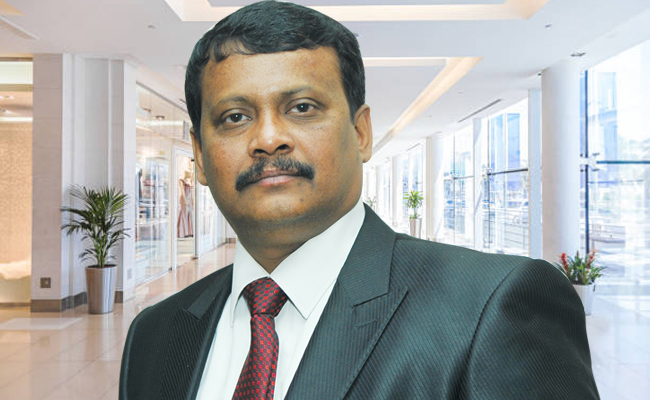- Odisha braces itself for a significant democratic exercise as 3.35 crore voters prepare to cast their ballots in the upcoming Lok Sabha and state Assembly polls.
- The ECI delineated an election calendar, scheduling voting for the state Assembly alongside the Lok Sabha seats across four phases on May 13, May 20, May 25, and June 1.
- There is a significant surge in young voters, particularly in the 18-19 age bracket, with nearly eight lakh individuals joining the electorate ranks.
- Of the vast electorate, comprising 3,34,73,561 individuals, females account for 1,65,14,754, while male voters tally at 1,69,55,369.
- Odisha gears up with approximately 38,000 polling stations strategically positioned across the state, each catering to an average of nearly 900 voters.
With the election schedule unveiled, Odisha braces itself for a significant democratic exercise as 3.35 crore voters prepare to cast their ballots in the upcoming Lok Sabha and state Assembly polls. Chief Electoral Officer Nikunja Bihari Dhal spearheaded discussions with representatives from all recognized political parties in the state, laying the groundwork for a smooth electoral process.
The Election Commission of India (ECI) delineated a comprehensive election calendar, scheduling voting for the state Assembly alongside the 21 Lok Sabha seats across four phases on May 13, May 20, May 25, and June 1. Dhal convened a crucial meeting with party leaders to elucidate the intricacies of the electoral process, encompassing recent directives from the Supreme Court regarding nomination filings, disclosure of candidate criminal records, and other pertinent guidelines.
Following the session, Dhal took to the podium to announce pivotal details regarding the upcoming polls. Emphasizing the scale of participation, he revealed that a staggering 3.35 crore voters across Odisha are poised to exercise their democratic right, marking a notable increase in female and Persons with Disabilities (PwD) voters compared to the previous election cycle. The gender parity among voters has also witnessed a commendable improvement, reflecting a more inclusive electoral landscape.
Of the vast electorate, comprising 3,34,73,561 individuals, females account for 1,65,14,754, while male voters tally at 1,69,55,369. Notably, the PwD electorate stands at 5,19,861 as of March 15, underlining efforts towards greater accessibility and inclusivity in the electoral process.
A significant highlight of the electoral landscape is the unprecedented surge in young voters, particularly in the 18-19 age bracket, with nearly eight lakh individuals joining the electorate ranks. Representing 2.38 percent of the total voter base, this demographic influx surpasses the national average, signaling a burgeoning youth engagement in Odisha’s democratic processes.
As preparations intensify, Odisha gears up with approximately 38,000 polling stations strategically positioned across the state, each catering to an average of nearly 900 voters. In a pioneering move towards enhanced transparency and oversight, Dhal unveiled plans to implement webcasting technology in 60 percent of polling booths. This innovative measure enables real-time monitoring of polling station activities by officials from the CEO’s office, collectors, and returning officers, ensuring the integrity and fairness of the electoral process.
Amidst mounting anticipation and meticulous logistical arrangements, Odisha stands poised to embark on a momentous electoral journey, epitomizing the vibrant spirit of democracy and civic participation. As voters gear up to make their voices heard, the stage is set for a historic electoral mandate that will shape the trajectory of the state’s governance and future aspirations.
(With inputs from agencies)








